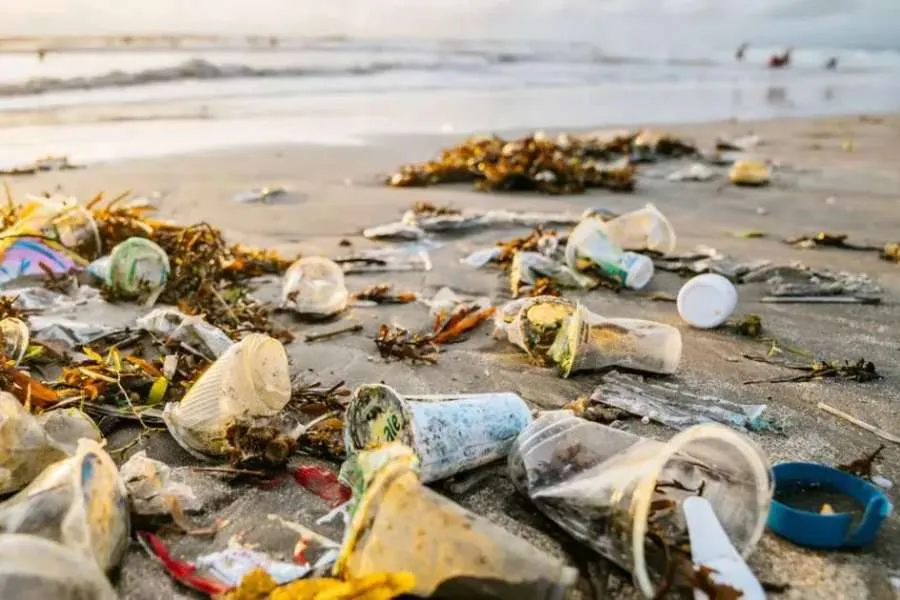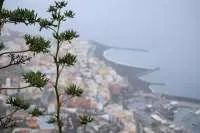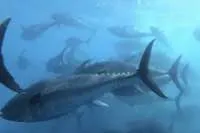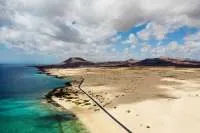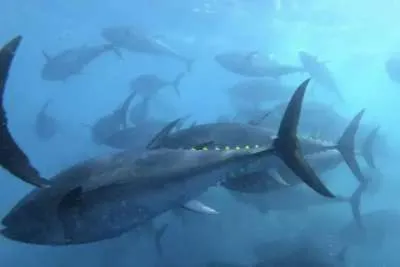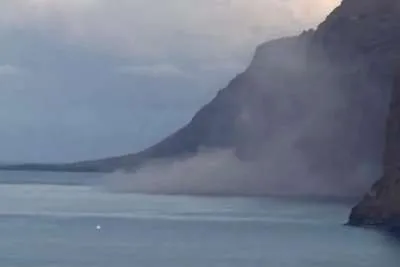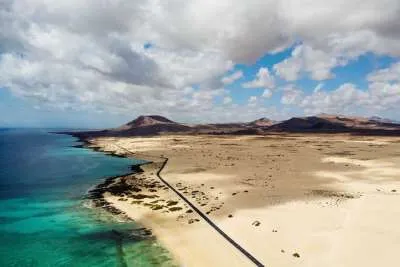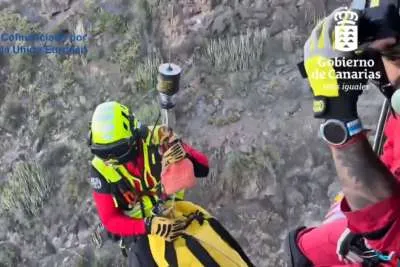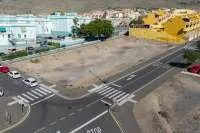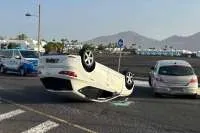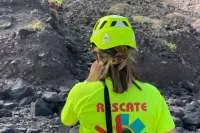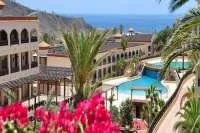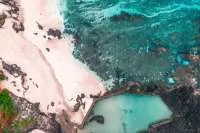New study shows that 80% of marine litter originates on land
- 21-08-2025
- National
- Canarian Weekly
- Photo Credit: WWF
A new analysis has revealed that 80% of the waste reaching Spanish and Canary Island beaches, coasts and seas originates from human activity on land, highlighting the urgent need for tougher penalties to curb what environmental groups call the “silent journey of litter to the sea”.
The findings come from SEO/BirdLife, based on data collected between 2020 and 2024 using eLitter and Marnoba, two citizen science tools developed by Paisaje Limpio and Vertidos Cero within the Proyecto LIBERA, an initiative run in partnership with Ecoembes to tackle abandoned waste in natural environments.
How litter reaches the ocean
SEO/BirdLife explains that light waste is often blown by the wind or washed into urban drainage systems, while rainwater carries it through ravines and streams until it eventually reaches rivers and the sea. Along the way, exposure to sunlight, friction and impacts with rocks break the waste down into microplastics, adding to long-term environmental damage.
Despite the seriousness of the issue, only 29% of people are aware that throwing or leaving litter in nature carries financial penalties under Spain’s Waste and Contaminated Soil Act (Law 7/2022). Fines range from €2,000 to €3.5 million depending on severity.
“Beyond the aesthetic impact, this poses a direct threat to biodiversity, pollutes soils and waters, and affects human health. It is essential that all administrations act decisively and that sanctions are applied in a real and effective way,” said Miguel Muñoz, coordinator of Proyecto LIBERA at SEO/BirdLife.
Sara Güemes, the project coordinator at Ecoembes, added: “Citizen collaboration, prevention, and the effective application of sanctions are key to protecting natural environments.”
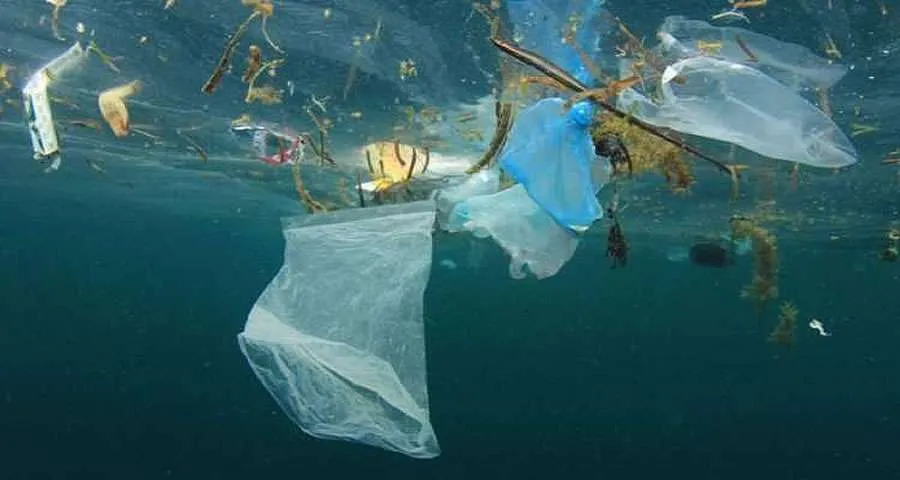
The Canary Islands: a hotspot for marine trash
The Canary Islands are particularly affected, not only by locally generated waste but also by international debris due to their strategic position at the confluence of several ocean currents (the Labrador Current, the Gulf Stream and the Canary Current). This makes the archipelago a natural accumulation point for rubbish drifting from northern Europe, the Americas, Africa, and even the Mediterranean, as well as from global maritime traffic.
During clean-up efforts in the islands, the most common items found included:
- Cigarette butts (19% of all waste collected)
- Plastic fragments of various sizes
- Drinks bottles and cans
- Plastic bags and wrappers
Waste linked to the primary sector is also prevalent, such as discarded fishing nets, ropes, buoys, lobster pots, and agricultural plastics from greenhouses.
In one striking example, researchers from the University of Las Palmas catalogued over 300 kilos of marine litter on the Alegranza islet. Almost 98% was plastic, including bottles from several different countries, caps, cleaning product containers, polystyrene, buoys, fish boxes, and even 14 lobster trap tags.
A call for awareness and action
Environmental groups stress that tackling this issue requires not only government enforcement but also greater public awareness among both residents and visitors. Tourists are urged to dispose of their waste responsibly and avoid leaving rubbish on beaches, as every item discarded inland has the potential to make its way into the ocean.
The message is clear: protecting the Canary Islands’ natural beauty and biodiversity requires collective responsibility, strict enforcement of penalties, and a commitment from everyone who enjoys the archipelago’s beaches and seas.
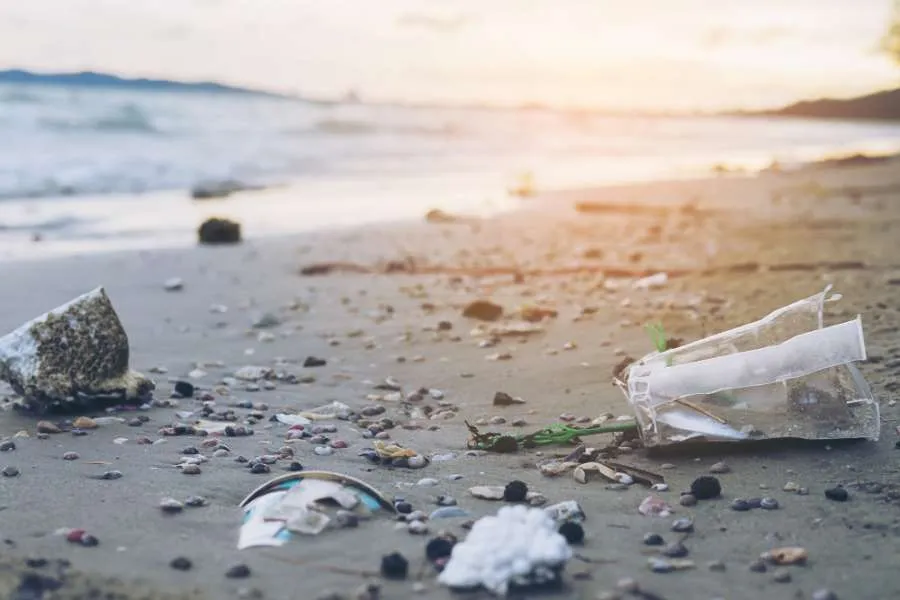
Other articles that may interest you...
Trending
Most Read Articles
Featured Videos
A Vision of Elvis Tenerife Promo
- 10-05-2025
TEAs 2025 Highlights
- 17-11-2025


